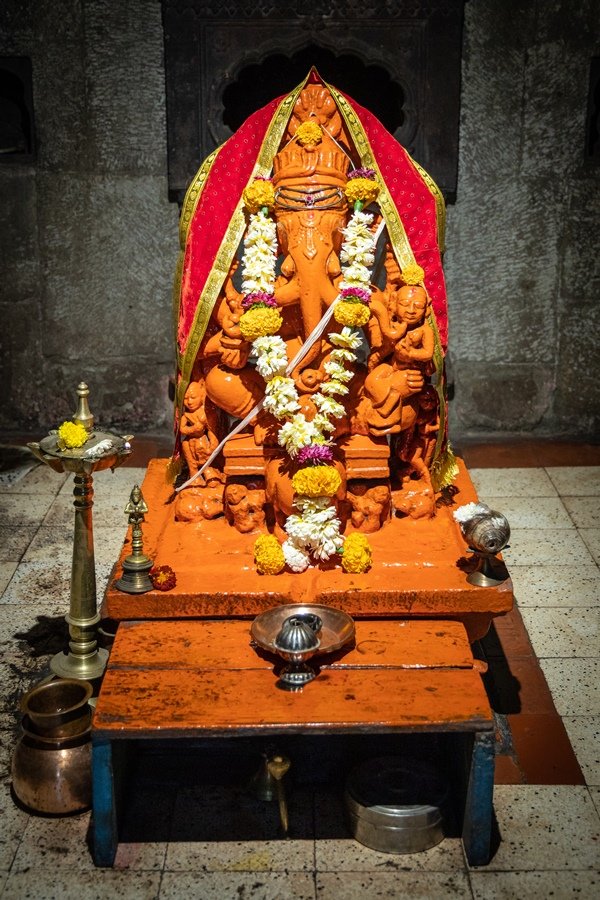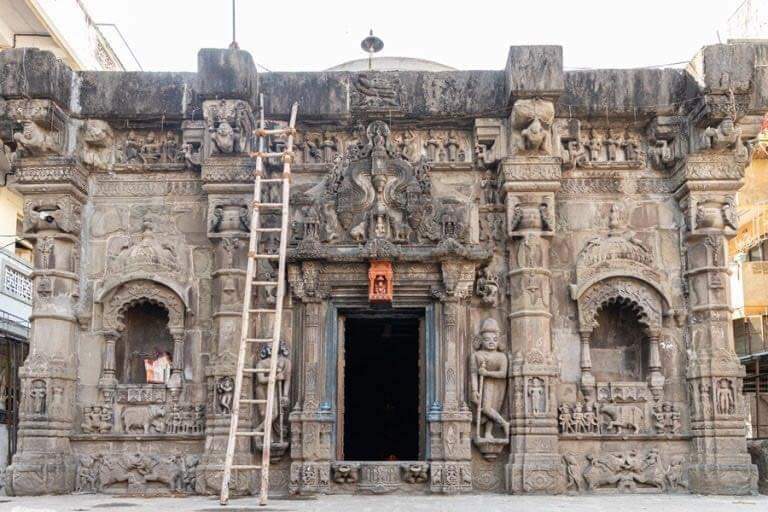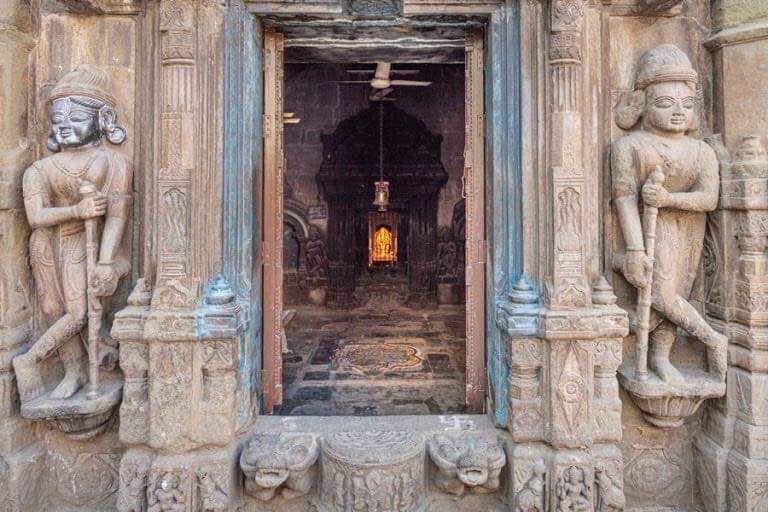
🌺राम रामेश्वर मंदिर🌺
राजस्थान में धोलपुर ज़िले के सैंपऊ कस्बे का ऐतिहासिक महादेव मंदिर न केवल जन-जन की आस्था का केंद्र हैं, बल्कि देश भर में भव्यता और नक्काशी का अद्भुत नमूना भी हैं। मौर्य कालीन स्थापत्य कला का जीवंत उदाहरण है।

राजस्थान में धोलपुर ज़िले के सैंपऊ कस्बे का ऐतिहासिक महादेव मंदिर न केवल जन-जन की आस्था का केंद्र हैं, बल्कि देश भर में भव्यता और नक्काशी का अद्भुत नमूना भी हैं। मौर्य कालीन स्थापत्य कला का जीवंत उदाहरण है।


इनको राम रामेश्वर भी कहा जाता है तो स्थानीय लोग सैंपऊ भोला भी कहते हैं। पार्वती नदी की ओर सैंपऊ कस्बे से करीब 3 किमी दूर स्थित यह मंदिर महाराजा भगवंत सिंह और उनके संरक्षक कन्हैयालाल राजधर की धार्मिक आस्था का परिचय है।
मंदिर में स्थापित स्वयंभु शिवलिंग करीब सात सो वर्ष पुराना है।

मंदिर में स्थापित स्वयंभु शिवलिंग करीब सात सो वर्ष पुराना है।


यह शिवलिंग संवत 1305 में तीर्थाटन करते हुए यहां आए श्याम रतन पुरी ने एक पेड़ के नीचे अपना धुना लगा लिया और कुछ दिन बाद उन्हें आभास हुआ की इन झाडिय़ों में शिवलिंग दबा है। झाडिय़ों को हटाकर इस जगह की खुदाई की तो शिवलिंग दिखाई दिया। 



खुदाई करते समय शिवलिंग खंडित हो गया और खंडित मूर्ति को निषेध मानकर श्याम रतन पुरी ने मिटटी से दबाना शुरू किया, तो मूर्ति मिटटी में नहीं दबी, जितना दबाते गए वो उतनी ही बाहर निकलती गई और आठ फीट तक मिटटी का ढेर लगाने के बाद भी शिवलिंग दिखता ही रहा। 

इसके बाद उन्होंने गोलाकार चबूतरा नुमा बनाकर शिवलिंग की पूजा अर्चना शुरू कर दी।मंदिर की बारहदरी में बने कमरों में बनी खिड़की पत्थर में नक़्क़ाशी करके बनायी हैं, जो देखने में एक नक़्क़ाशी बाला दरवाज़ा नज़र आती हैं, जो कि बहुत ही मनमोहक हैं। 

सावन के महीने में हज़ारों लोग यहाँ से लगभग 200 किमी दूर गंगा जी से पैदल काँवर में जल लाकर इन महादेव पर चढ़ाते हैं।
हर हर महादेव 🙏🌺
हर हर महादेव 🙏🌺
• • •
Missing some Tweet in this thread? You can try to
force a refresh





















